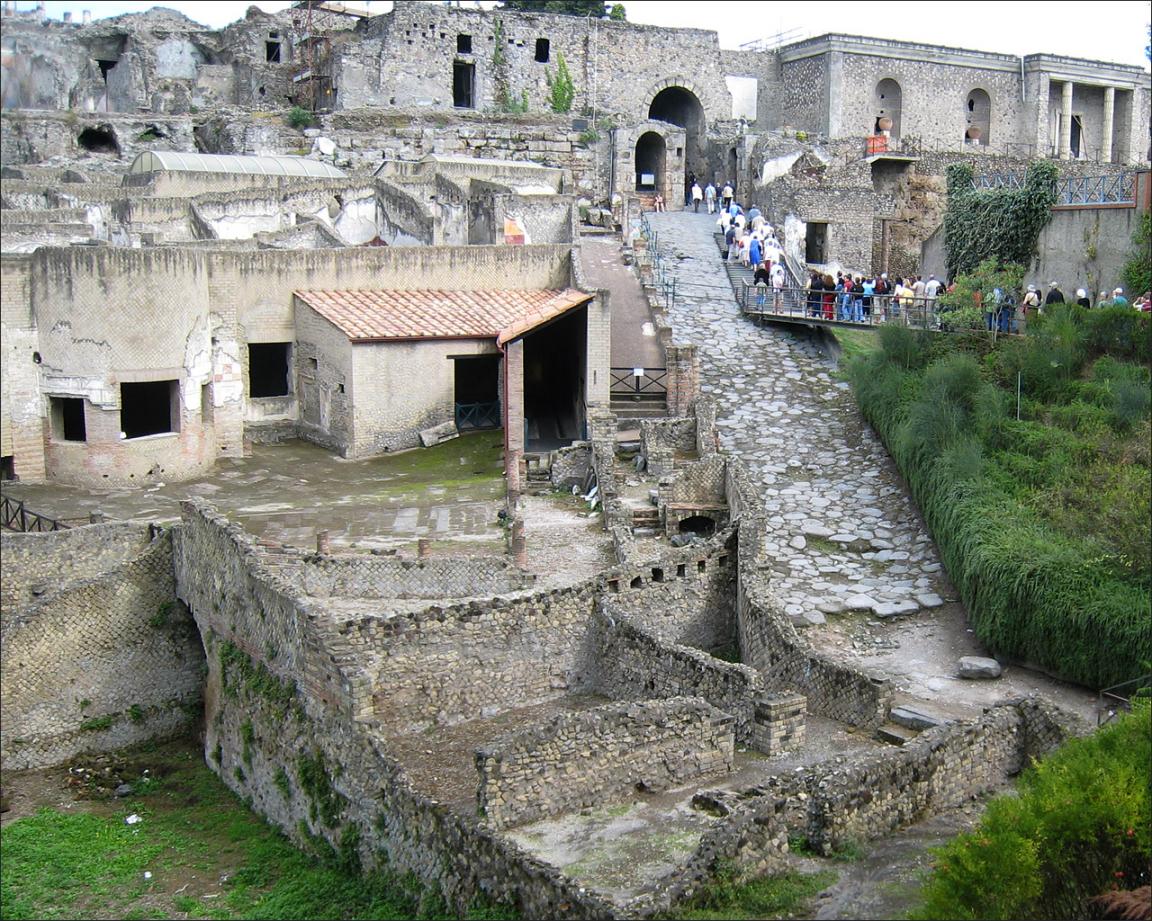Fascination with the annihilation of Pompeii continues with the Royal Ontario Museums premiere of Pompeii: in the Shadow of the Volcano from June 13, 2015 to January 3, 2016.
Nearly 2000 years ago, Herculaneum, Pompeii, a Roman City near present day Naples, was buried under up to 20 feet of ash and cinders from the two-day eruption of Mt. Vesuvius in 79 AD, fully obscuring the city for nearly 1700, until it was discovered in the 18th century.
Pliny the Younger, a survivor, attempted to describe the events that lead to the literal burial of Pompeii; “A fearful black cloud was rent by forked and quivering bursts of flame, and parted to reveal great tongues of fire…Darkness fell, not the dark of a moonless or cloudy night, but as if the lamp had been put out in a dark room.”
Attempting to depict the vivid chronicle of the ancient city’s public and private life before the obliteration of the city, the exposition will endeavor to revive life in a cosmopolitan city through 200 noteworthy and distinctive pieces on loan from the Superintendence for Archaeological Heritage of Naples and the Archaeological Depositories of Pompeii, Herculaneum, and Stabiae.
Range of Artifacts
The curators of this exhibition are Paul Denis , Assistant Curator (Greek, Etruscan, Roman & Byzantine), Kate Cooper, Assistant Curator - Pompeii (former Rebanks Research Fellow in Classical Archaeology), and Katherine Dunnell, technician.
The pieces while allowing a glimpse into the mysterious past also provide comfort for many due to recent events in the world today, duly noted by Janet Carding, ROM Director and CEO, “The ROM’s exhibition brings to Toronto a wide range of artifacts from Pompeii, a designated UNESCO World Heritage Site. It will provide visitors a glimpse into life in an ancient Roman society and the volcano that destroyed it. However, with natural disasters frequently occurring around the world, Pompeii also emphasizes history’s relevance to our lives today.”
With the main pieces including life-sized marble portraits, Gladiator equipment, tools, objects and an eye witness accounts, Pompeii is immortalized as an extraordinary event in history where the nature that caused the destruction of a city was the sole reason in its preservation.


